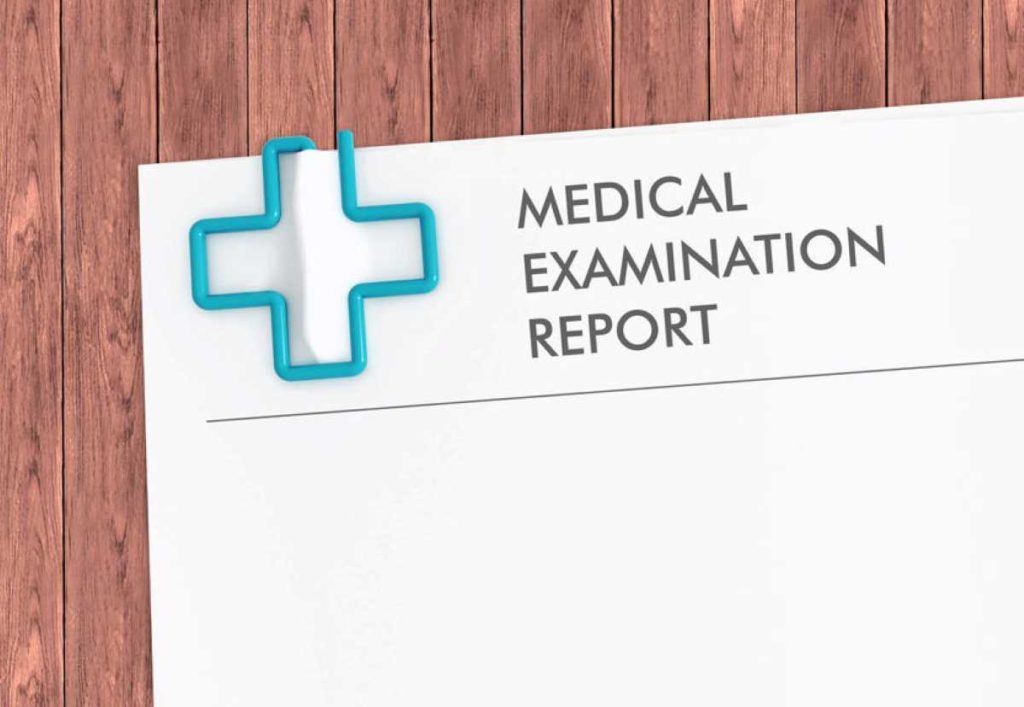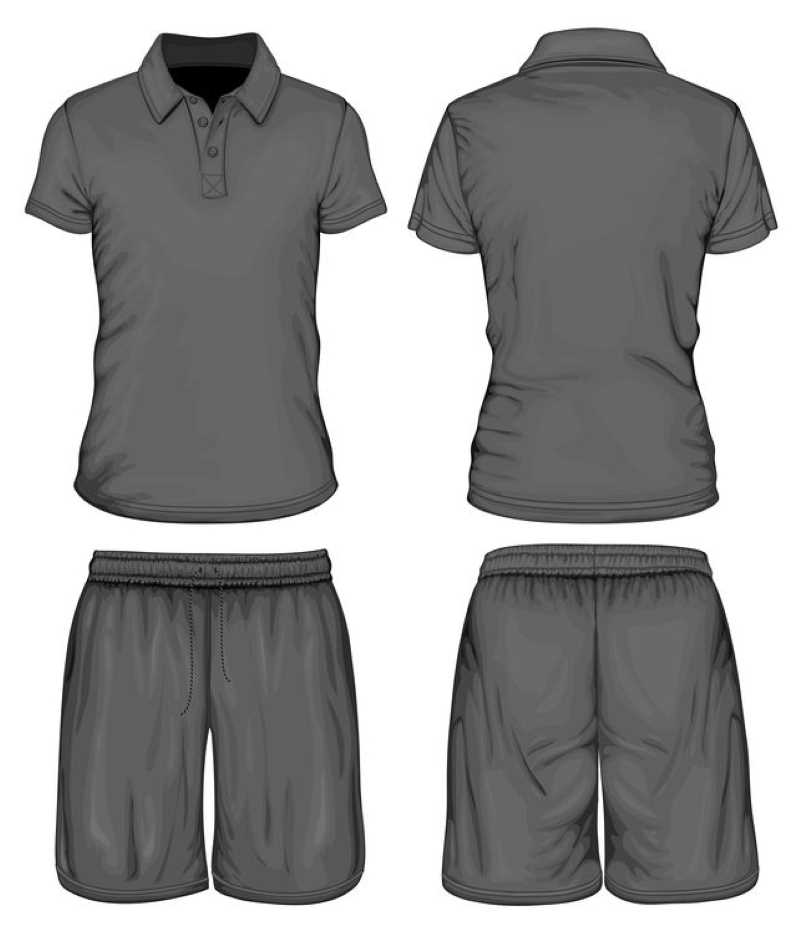If you have a physical therapy appointment booked and are wondering what you might need to do in order to prepare for your initial session, this article has you covered.
While there likely isn’t too much to prepare for when it comes to your first physical therapy appointment, there are a few key things you can (and should) do in order to make your appointment and time at the physical therapy clinic run smoothly and effectively.
Knowing what to expect and knowing that you have done your part to get ready can help to ease any nerves that you may have. Here’s a quick overview with some steps you can take in order to prepare for your first appointment. The tips listed below are described in further detail within the article.
The quick overview of steps you can take to prepare for your first PT appointment
Tip one: Take some time to think about how you would describe your condition and what makes it feel better and what makes it feel worse. Have you noticed that it feels better or worse during certain times of the day? When and how did this first begin? Your therapist will ask all sorts of questions along these lines, and being prepared can help you provide those answers more effectively.
Tip two: If you’ve had any previous examinations, medical reports or medical imaging for your condition, see if you can get your hands on them and bring them with you for your PT to look at, if needed. This isn’t necessary, but may be helpful for your therapist based on the nature of your injury or condition.
Tip three: Make a list of questions you may have. Writing down questions ahead of time will ensure that you can get answers to your condition, without having to worry about forgetting what you’d like to ask or are uncertain of. A big part of a physical therapist’s job is to answer questions and help provide education for the patients they are treating.
Tip four: Arrive early at the clinic, by at least fifteen or twenty minutes. Many times there will be forms or paperwork that you will need to fill out before your appointment can begin. You’ll want to have some time to fill any of these papers out without being rushed or cutting into your actual appointment time.
Tip five: Bring a pair of loose-fitting attire that you can change into. Be sure that it will allow the therapist to examine the area that you are having trouble. A T-shirt and shorts are usually sufficient.
Tip six: Bring a loved one or a friend with you if you are nervous or apprehensive about going to physical therapy. As long as you consent to it, your loved one or friend can be present during your evaluation and treatment.
Tip seven: If you’ve been taking over-the-counter pain medications for your condition, consider waiting until after your evaluation before taking your pain medication. * This is not medical advice and is for informative purpose only * The reason why it may be beneficial to wait until afterwards is so that your therapist has a better, more accurate understanding of the characteristics of your pain (when the pain gets worse, what it feels like, how intense it may be, etc.)
Tip one: Take some time to consider how you would describe the nature and characteristics of your condition and pain or dysfunction.
When you meet your physical therapist, your appointment will begin with an overall evaluation of what exactly it is that is bringing you into the clinic. The first portion of the evaluation will be you describing the nature of the issue to your physical therapist.
Your physical therapist will also ask a number of questions regarding the condition in order to gain a clearer understanding of what may be going on. The more information they have, the more effective they can make the rest of the evaluation and treatment.
Big, key questions that really help us physical therapists as we evaluate our patients are questions pertaining to the nature of your pain and how it behaves.
We get great benefit out of asking question such as: What seems to make it worse, what makes it better, when it seems to hurt the most, if there was a specific incident that made this all occur, how long it’s been going on for and if you’ve ever had other injuries or issues to the part of your body that is currently giving you issues.
Preparing yourself to answer some of these questions pertaining to the nature of your pain along with other significant injuries or health issues you may have or had in the past can be very beneficial for helping your therapist understand what’s going on.
Tip two: Consider bringing any previous medical reports or documents you may have pertaining to the nature of your condition.
While not everyone heading into a PT clinic will have an injury or condition for which they have additional medical reports for, it may be helpful to bring them along if you do.
If your injury has been evaluated by other medical professionals or treated by other professionals, any reports or medical images that you may have could be worthwhile to bring along.
While not always necessary, medical imaging reports (such as results of an X-ray or MRI) can help guide the therapist in the direction that treatment should proceed.
Oftentimes the results of medical reports or medical imaging won’t necessarily change the physical therapy treatment techniques that are best for you, but in many circumstances they can help the therapist to rule in or rule out potential causes of your pain or dysfunction.
Tip three: Make a list of any questions that you may have.
You will likely have plenty of questions that you will want to ask your physical therapist throughout or after your initial evaluation and treatment session. By writing down any questions you may have ahead of time, you can rest assured that you won’t forget to ask any of them come evaluation time.
Don’t feel hesitant to ask as many questions as you would like – physical therapists believe that education is incredibly important in getting you better. We consider education the backbone of helping ensure that you get as optimal of a recovery as possible.
If you aren’t quite sure on something, the best thing you can do is let us know, or ask a question. We can’t always give you definite answers, but any unknowns may become a bit more clear as time goes on throughout subsequent treatment sessions.
Tip four: Arrive fifteen to twenty minutes early at the clinic before your appointment is scheduled to begin.
There are often a few forms and papers to fill out when you schedule an initial evaluation/appointment at a physical therapy clinic. Some of these forms pertain to clinic policies and insurance information. You will also likely fill out forms that ask some questions pertaining to your pain and the nature of your condition.
These forms all usually need to be completed before your evaluation begins, so if you need time to fill them out in the clinic, it’s best to arrive early in order to do so. This ensures that you’ll have enough time to accurately fill out what’s required without feeling rushed.
You also want to have everything completed before your appointment is scheduled to begin, as you can then get the most out of the appointment itself. Sometimes patients may not arrive early to fill out forms and the first ten or fifteen minutes of the evaluation is spent on them completing any required paperwork.
If you’d like to save even a bit more time, you can see if the clinic you’ll be attending has any of their new-patient forms available for download on their website. You can also call the clinic and see if they can e-mail you any required forms if not available for download on their website.
While not every clinic may have either of these options available, many do. Filling out any required documentation at home well in advance can therefore be done on your own time and at your own pace.
Tip five: Bring a pair of loose-fitting, comfortable attire that you can change into.
Regardless of your injury or condition, chances are good that your physical therapist will need to examine how you and your body are moving and performing in different ways. In order for your therapist to have a good, thorough look at your movement, you’ll want to have some clothing that you can move comfortably in while revealing as much of the injured or affected area as possible.
Your therapist may also want to visually inspect the area and the areas within the region. As an example, if you have a knee issue, wearing shorts will greatly assist your therapist in observing how you move while also allowing for a visual inspection of the knee itself.
Physical therapists always want you to be physically and psychologically comfortable with wearing appropriate attire for your evaluation and treatments. We won’t make you change into different clothing if it is against your personal wishes or beliefs, however it may make it a bit more difficult to do our evaluation or treatments as a result.Regardless, we will still do our absolute best with whatever clothing you may choose to wear.
It’s also worth noting that many clinics have attire that you can change into, if you do not bring your own. Most patients tend to prefer brining their own clothing to change into, however since people tend to prefer to wear their own personal clothes.
Tip six: Bring a loved one or friend with you if you are nervous or apprehensive about going to physical therapy.
If you find yourself apprehensive about heading into a physical therapy clinic for some treatment, or you are anxious from not knowing what to expect, bringing a loved one or a friend along can be a great idea.
As long as you give verbal consent to your physical therapist that you would like to have your loved one or friend by your side during the evaluation and treatment, having them by your side throughout the process is perfectly fine. We just need your consent since evaluations and treatments will discuss your personal medical information.
Physical therapists are very used to having a family member or friend accompany their patients during evaluations and treatments. As a bonus, having someone else present during the session can help ensure that the therapist’s information makes sense and is understood, which can provide further confidence for the patient.
Tip seven: Consider taking any over-the-counter pain medication after your physical therapy appointment rather than before.
While this may not sound like great advice, holding off on any pain-based medication may be worth considering, provided that it is not prescription-based medication.Always adhere to the prescription instructions for any prescription medication you may be on.
While we don’t want people to be in pain, we can learn a lot about what is going on with a patient’s condition depending on when and how we can elicit the pain or discomfort that is bringing you into the clinic.
If you are taking an over-the-counter pain medication and do so before arriving for your appointment, it may make it a bit tougher to elicit or reproduce that discomfort, which has the potential to make it tougher to determine the extent or type of issue that is causing your discomfort.
The good news is that this likely only applies to the initial evaluation – any subsequent treatment sessions likely won’t need this approach since the therapist should have a good understanding as toward the nature of your condition after the evaluation.
Concluding remarks
Preparing for your first physical therapy appointment doesn’t take a whole lot of work or specific steps. You won’t need to worry about extensive amounts of preparation by any means. But you will want to keep the tips mentioned within this article in mind, as they will likely make your initial appointment go much more smoothly in terms of time and effectiveness.
Being in pain is never fun and we as physical therapists want you to have the best experience and outcomes possible when receiving physical therapy treatment. A little preparation can really go a long way in order to ensure this happens to the fullest extent possible. Hopefully the tips within this article will help to enlighten you as to what you can do to be prepared for your first physical therapy session!
Related articles
- What to Expect For Your First Physical Therapy Appointment
- Five Massive Reasons Why Physical Therapy is Important After an Injury
- Can Physical Therapy Help Me Lose Weight?

Hi! I’m Jim Wittstrom, PT, DPT, CSCS, Pn1.
I am a physical therapist who is passionate about all things pertaining to strength & conditioning, human movement, injury prevention and rehabilitation. I created StrengthResurgence.com in order to help others become stronger and healthier. I also love helping aspiring students and therapists fulfill their dreams of becoming successful in school and within their clinical PT practice. Thanks for checking out my site!







